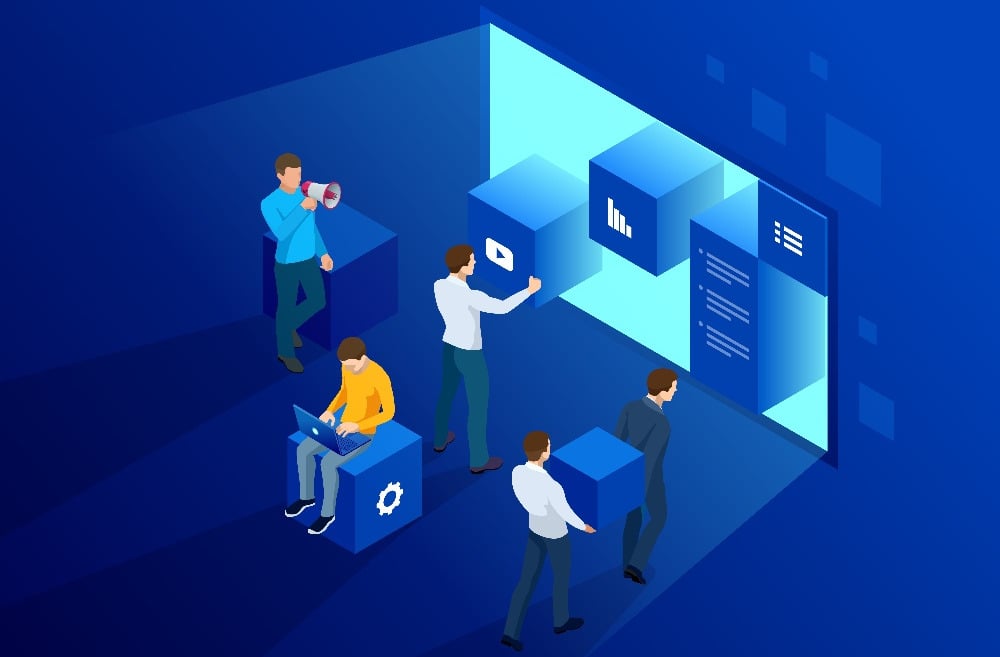Description
Introduction of Mobile-First Applications with Power Apps:
This training is focused on developing mobile-first applications using Microsoft Power Apps. Participants will learn to design and build applications optimized for mobile devices, ensuring they provide a seamless and intuitive user experience on smartphones and tablets. The course covers design principles, app functionality, and performance optimization tailored to mobile environments.
Prerequisites
- Basic knowledge of Microsoft Power Apps and its interface
- Understanding of mobile application design principles
- Familiarity with common business processes and use cases
- No prior experience in mobile app development is required
Table of contents
1: Introduction to Mobile-First Design with Power Apps
- Objective: Understand the importance and principles of mobile-first design in Power Apps.
- Content:
- Overview of mobile-first design principles
- Key considerations for mobile app development
- Benefits of using Power Apps for mobile-first solutions
- Exploring examples of successful mobile-first apps
- Introduction to the Power Apps mobile experience
2: Setting Up Your Mobile-First App in Power Apps
- Objective: Learn how to start a mobile-first app project in Power Apps.
- Content:
- Creating a new app with a mobile layout in Power Apps
- Configuring app settings for mobile use
- Selecting and customizing mobile templates
- Understanding the mobile screen layout and navigation
- Designing responsive and adaptive user interfaces
3: Designing User Interfaces for Mobile Devices
- Objective: Design effective and user-friendly interfaces for mobile applications.
- Content:
- Mobile UI design principles: Touch interactions, screen size considerations
- Creating and customizing mobile-friendly layouts
- Designing for accessibility and usability
- Using controls and components optimized for mobile
- Implementing intuitive navigation and user flows
4: Managing Data and Connectivity in Mobile Apps
- Objective: Handle data management and connectivity in mobile applications.
- Content:
- Connecting mobile apps to various data sources (SharePoint, Dataverse, SQL)
- Managing offline data access and synchronization
- Implementing data validation and error handling
- Optimizing data queries for mobile performance
- Using local storage and caching strategies
5: Implementing Mobile-Specific Features and Functionality
- Objective: Add features and functionalities specific to mobile devices.
- Content:
- Utilizing mobile device capabilities: GPS, camera, accelerometer
- Integrating mobile notifications and alerts
- Creating and managing mobile forms and inputs
- Implementing barcode scanning and image capture
- Adding offline capabilities and background processing
6: Performance Optimization for Mobile Apps
- Objective: Optimize mobile apps for performance and efficiency.
- Content:
- Techniques for improving app load times and responsiveness
- Managing data and network usage for mobile efficiency
- Best practices for optimizing images and media
- Handling large datasets and performance bottlenecks
- Testing and profiling mobile app performance
7: Security and Compliance in Mobile Apps
- Objective: Ensure security and compliance for mobile applications.
- Content:
- Implementing security measures for mobile apps
- Managing user authentication and permissions
- Ensuring data privacy and compliance with regulations
- Securing mobile data and app communications
- Monitoring and auditing mobile app security
8: Testing and Deploying Mobile Apps
- Objective: Test and deploy mobile applications effectively.
- Content:
- Testing mobile apps on different devices and screen sizes
- Using Power Apps testing tools and features
- Preparing for app deployment and distribution
- Managing app updates and version control
- Collecting and analyzing user feedback for improvements
9: Case Study: Building a Mobile-First Application
- Objective: Apply skills to develop a comprehensive mobile-first application.
- Content:
- Defining the requirements for a mobile-first business app
- Designing and developing the app with a focus on mobile optimization
- Integrating data sources and implementing mobile features
- Testing the app on mobile devices and gathering feedback
- Presenting the final app and discussing its impact and improvements
10: Future Trends and Advanced Learning Opportunities
- Objective: Explore emerging trends and further learning opportunities in mobile app development with Power Apps.
- Content:
- Emerging trends in mobile app design and technology
- Advanced features and upcoming updates in Power Apps
- Resources for ongoing learning and professional development
- Preparing for advanced certifications and specialized training
- Planning for future mobile app projects and enhancements
This training program is designed to help participants effectively build mobile-first applications using Power Apps, focusing on design principles, functionality, and performance to ensure a seamless and intuitive user experience on mobile devices.
If you are looking for customized info, Please contact us here







Reviews
There are no reviews yet.